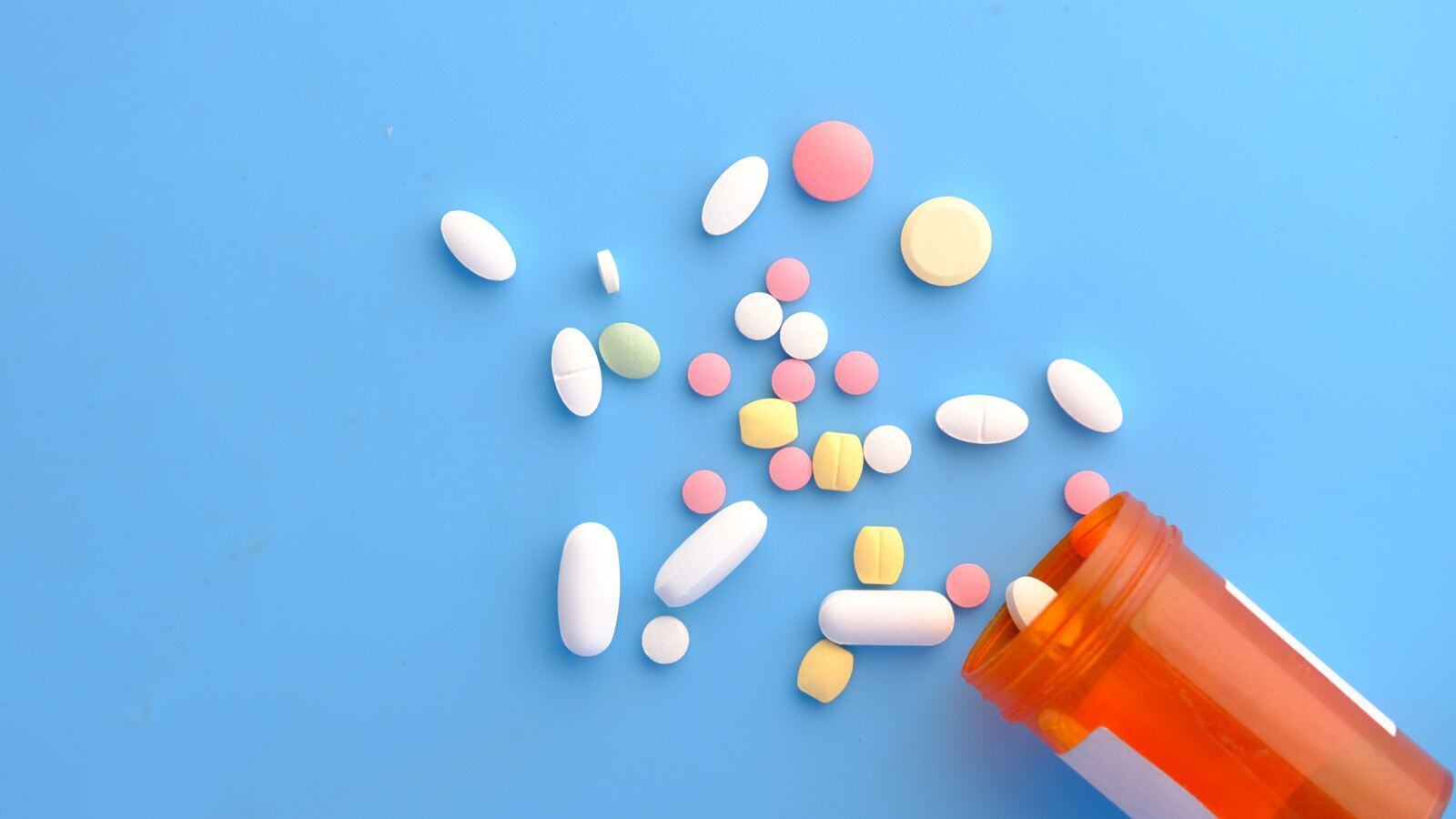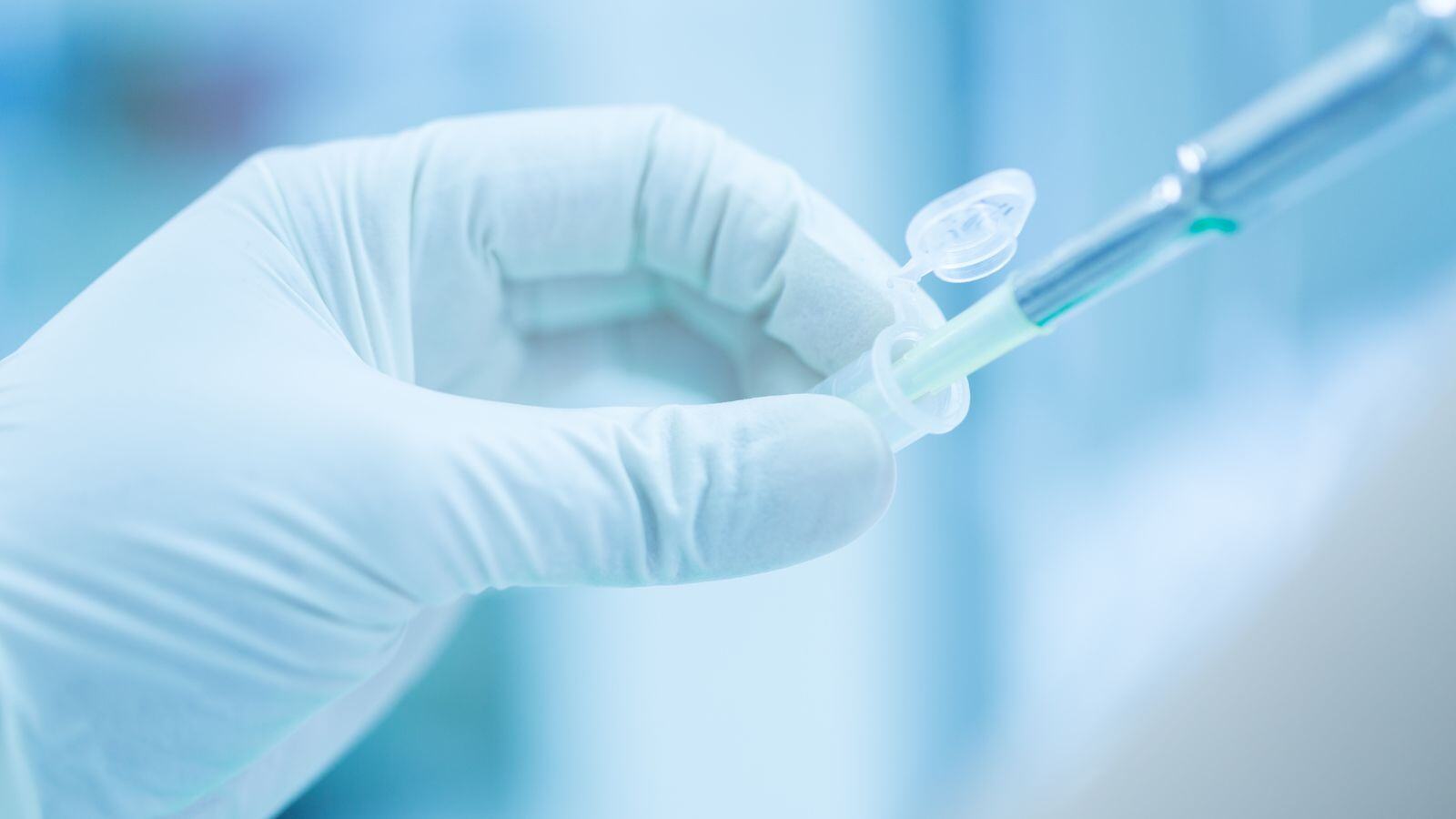Did you know that performing an Analytical Method Transfer (AMT) can significantly benefit your laboratory?
It’s a crucial process that allows laboratories to adopt and implement established methods with confidence. Beyond just regulatory requirements, a well-executed AMT strengthens lab expertise, ensures method consistency, and prevents costly errors.
For an Analytical Method Transfer (AMT) to be successful, the receiving laboratory must fully acquire the expertise needed to perform the transferred analytical procedure as intended. A structured approach ensures compliance with Good Manufacturing Practices (GMP) and other regulatory requirements while streamlining analytical processes between laboratories.
In this guide, we’ll walk you through the four key steps of analytical method transfer, explore different transfer strategies, and highlight the benefits for both sending and receiving laboratories.
Step 1: Feasibility and readiness assessment
Before initiating an Analytical Method Transfer (AMT), a feasibility and readiness assessment of the receiving laboratory (RL) must be conducted.
This assessment helps ensure that the RL has the necessary infrastructure, resources, and expertise to perform the method transfer effectively.
Key actions:
1. Establish a transfer team
Representatives from the sending laboratory (SL) and RL collaborate to lead the transfer plan and protocol.
2. Evaluate readiness
- Availability and qualification of critical equipment
- Validation status of required software
- Critical reagents, standards, and control samples
- Adequacy of human resources
- Analytical procedure documentation, validation reports, and historical data
- Laboratory environment and infrastructure
3. Define transfer acceptance criteria
Agreed upon collaboratively and approved by both SL and RL.
4. Conduct a lab visit (if needed)
To ensure alignment in processes and standards.
5. Identify and address gaps
A feasibility report is created to document any gaps, followed by risk assessments and an action plan before proceeding with the transfer exercise.
Step 2: Transfer plan and protocol development
Once feasibility is confirmed, a detailed transfer plan and protocol must be developed to ensure a structured and efficient method transfer.
Key considerations:
Transfer plan
Recommended for multiple method transfers, assessing time, resources, and critical milestones.
Transfer protocol
- Defines objectives, scope, and responsibilities of SL and RL
- Lists required materials, instruments, and analytical procedures
- Specifies the number of batches, replicates, and experiment design
- Establishes acceptance criteria for each parameter
- Assigns clear responsibilities to each team member
The transfer protocol is drafted by the SL and must be approved by all transfer team members before execution begins.
Strategies for Analytical Method Transfer
Depending on the validation status of the analytical method, different AMT strategies may be implemented:
|
Strategy |
Design |
Acceptance Criteria |
|
Comparative Studies |
Both SL and RL test identical samples, and results are compared. |
Predefined acceptance criteria demonstrate equivalence. |
|
Co-validation |
Method validation and transfer occur simultaneously. |
Follows standard validation acceptance criteria. |
|
Revalidation |
Parameters affected by the transfer are revalidated. |
Uses validation criteria + AMT acceptance criteria. |
|
Transfer Waiver |
No testing is performed if RL’s procedures match SL’s. |
Requires scientific justification. |
Step 3: Execution of Analytical Method Transfer
All experiments must be conducted according to the approved transfer protocol. Any deviations must be justified, documented, and approved by the transfer team.
Execution guidelines:
- Ensure real-time recording of operations following Good Documentation Practices (GDP).
- Include all generated data in the final report, including invalidated tests.
- Address any protocol deviations in the transfer report with appropriate justifications.
Step 4: Transfer report writing and approval
Once testing is completed, a transfer report is compiled to summarize the results and ensure compliance.
Transfer report components:
- Comparative results from both laboratories
- Documentation of encountered challenges, improvements, and deviations
- Reference to validation reports (if applicable)
- Investigation summary if acceptance criteria are not met
If acceptance criteria are met, the RL is deemed competent to perform the transferred analytical method. If not, further investigation and corrective actions must be undertaken.
At this stage, the analytical method transfer process has been formally completed, but its impact extends far beyond the report. The successful execution of AMT strengthens confidence in laboratory capabilities, enhances compliance, and streamlines future collaborations.
The benefits gained from this process are instrumental in improving operational efficiency and ensuring high-quality analytical results.
Benefits of Analytical Method Transfer
For the Receiving Laboratory
- Acquires expertise in a new analytical method
- Gains trained technicians who can train others
- Increases flexibility in equipment utilization
- Demonstrates GMP-compliance
- Ensures validated methods are used for release testing
- Prepares a complete documentation package for audits
For the Sending Laboratory
- Ensures confidence in sample testing quality
- Gains additional data for trending and stability studies
- Can delegate testing to RL with confidence
- Strengthens trust in the RL’s capabilities
- Maintains comprehensive documentation for regulatory audits
Conclusion: ensure compliance and reliable results
Analytical Method Transfer is a win-win process for both sending and receiving laboratories. It enhances expertise, ensures regulatory compliance, and prevents analytical issues, deviations, and retesting. By following a structured approach, laboratories can achieve reliable and reproducible results.
Need reliable Lab Testing, Validation, and Analytical Method Transfer?
Our lab specialists are here to help ensure compliance and accuracy. Let’s work together for reliable results.







.png?width=109&height=108&name=Pharma%20(2).png)
.png?width=111&height=108&name=Medical%20Devices%20(2).png)
.png?width=84&height=107&name=IVD%20(2).png)



.png)








